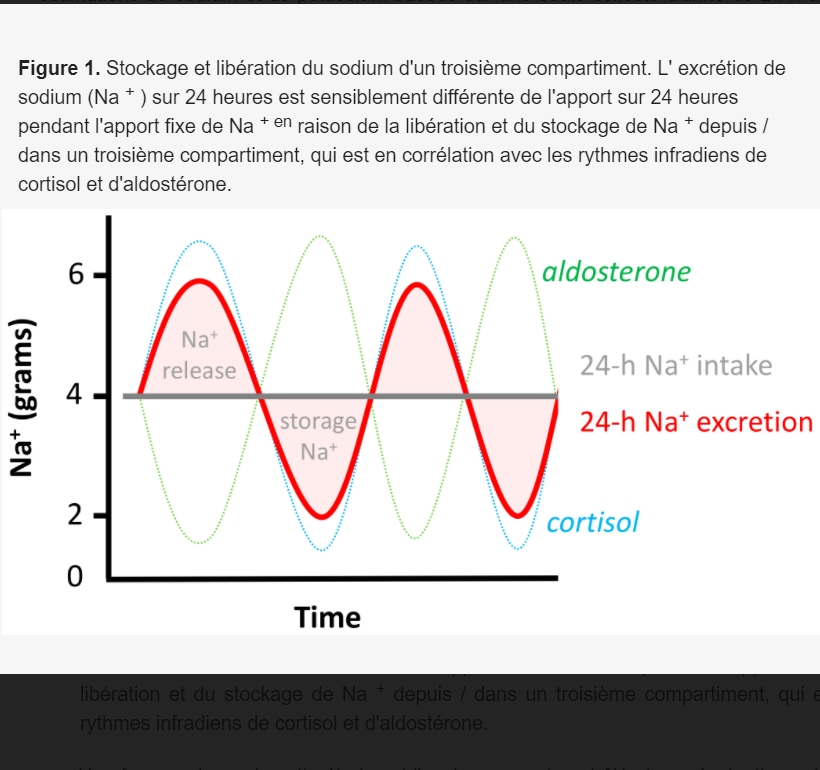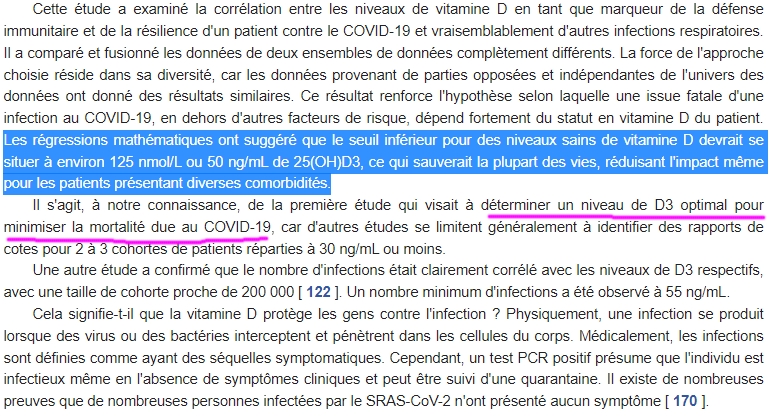Estimation of Sodium and Potassium Intake: Current Limitations and Future Perspectives
by Bigina N.R. Nutrients 2020, 12(11), 3275;
Globally, average dietary sodium intake is double the recommended amount, whereas potassium is often consumed in suboptimal amounts. High sodium diets are associated with increased cardiovascular and renal disease risk, while potassium may have protective properties.
Consequently, patients at risk of cardiovascular and renal disease are urged to follow these recommendations, but dietary adherence is often low due to high sodium and low potassium content in processed foods.
Adequate monitoring of intake is essential to guide dietary advice in clinical practice and can be used to investigate the relationship between intake and health outcomes. Daily sodium and potassium intake is often estimated with 24-h sodium and potassium excretion, but long-term balance studies demonstrate that this method lacks accuracy on an individual level. Dietary assessment tools and spot urine collections also exhibit poor performance when estimating individual sodium and potassium intake. Collection of multiple consecutive 24-h urines increases accuracy, but also patient burden. In this narrative review, we discuss current approaches to estimating dietary sodium and potassium intake. Additionally, we explore alternative methods that may improve test accuracy without increasing burden.















